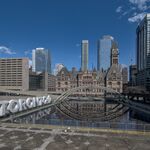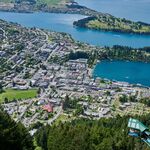NIV
New Member
We should be demanding Accountability and transparency from metrolinx especially with regards the TBM/soil issue. This would never happen in the private sector! https://www.thestar.com/news/gta/me...cle_0d063e6b-2a44-4e53-9d43-7919171830ab.html





